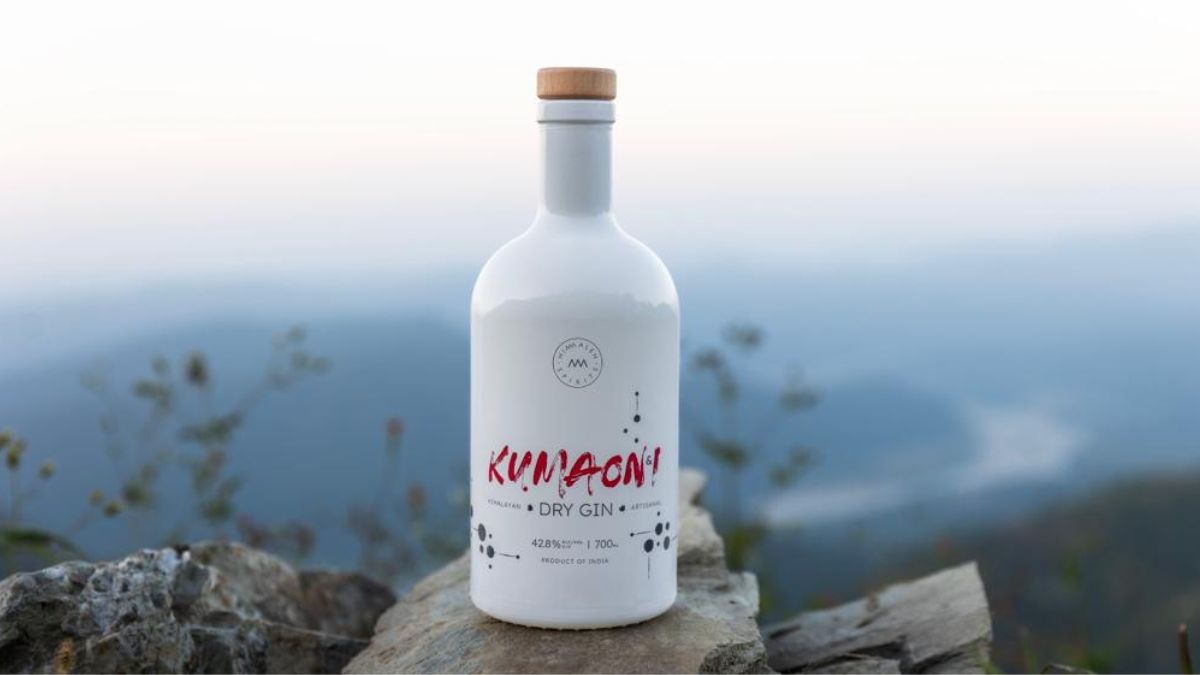Mid-day musings: who turns down daytime, midweek indulgence? And that too for a new Gin that promises the provenance of the misty hills of the picturesque Kumaon, in a bottle? Too good to be true; we didn’t believe it either till we sampled Kumaon & I. The heart and hard work behind the gin is the same as behind other labels that wooed us such as Jin Jiji and Kamet Single Malt Whisky—Ansh Khanna. Touted as the country’s first hyperlocal provincial gin, Kumaon&I prides itself in sourcing botanicals that are native to the region. Putting together a gin in India presents a unique problem, the problem of plenty. You ask for a citrus fruit, and we have a library of more than 100 limes alone. The humble ginger can take shapes and forms that’ll make your head spin. And then comes the herbs, roots, flowers, seed, teas…you get the idea. With an ocean to pick from, it’s only fitting that Kumaon&I opted to keep it regional, since Kumaon has a rich history of foragers, cultivators, and distillers. This provides a peek into the rich agricultural spread of the region, and also supports the local community. Now that’s a gin with a cause! The backbone holds strong and stands tall with the rustic earthiness of the Himalayan juniper—India’s introduction to the world—supported by ten other botanicals. Timur is the Himalayan equivalent of the Schezwan pepper with an electric zing, Black turmeric adds an alluring mouthfeel, Galgal (pahadi nimbu), and Kinu fills the spectrum with bright citrus freshness, walnuts act as a binder, coriander seeds with their citrus spice twang is unmistakable, and then come the ethereal aromatics of Rose, Thuner leaves, and Kalmegh. The last two are Ayurvedic ingredients often used in local households. The bottle design too accentuates the regional heritage of Aipan, a local hand-painted art form, drawn on a smooth surface of wet red Geru mud with a white paste made by grounding cooked rice in water, called Bisvar. The black round designs symbolise coming full circle and is a nod to their sustainable credentials that embody the spirit of farm to bottle. Each bottle is a result of a nine-hour distillation process, on the bed of a rice-based spirit. We sampled Kumaon&I in three formats: neat, with a dash of water, and with a splosh of Indian tonic water. Each revealed distinct facets of the spirit, while respecting the dominant Himalayan juniper notes as its lynchpin. Here’s toasting another exciting chapter in the evolution of the Indian craft spirits landscape.

Lorem ipsum dolor sit amet, consectetur adipiscing elit. Ut elit tellus, luctus nec ullamcorper mattis, pulvinar dapibus leo.
